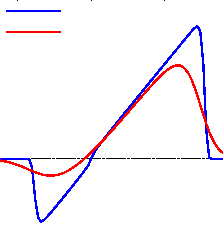The Finite-Time Turnpike Phenomenon for Optimal Control Problems: Stabilization by Non-smooth Tracking Terms
M. Gugat, M. Schuster, E. Zuazua. The Finite-Time Turnpike Phenomenon for Optimal Control Problems: Stabilization by Non-Smooth Tracking Terms, in "Stabilization of Distributed Parameter Systems: Design Methods and Applications". Grigory…



